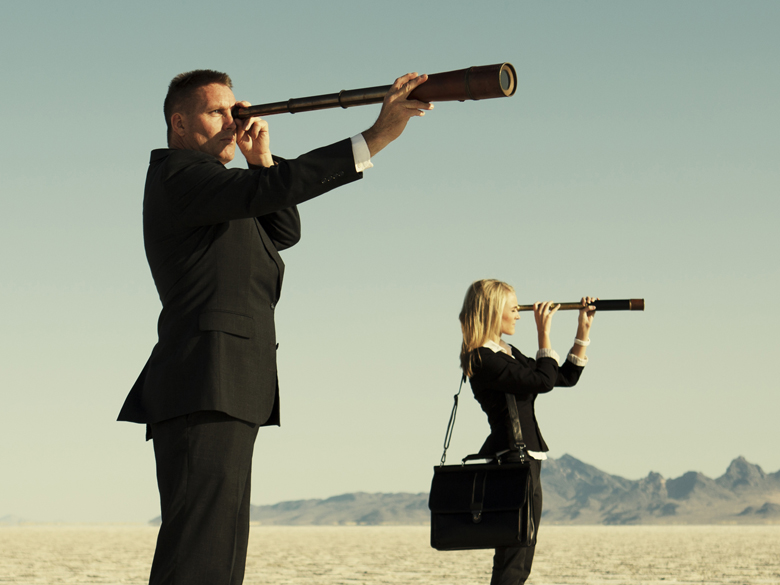“It’s time to base hiring decisions less on credentials, and more on the motivation and ability to collaborate and learn” – Adam Grant
Written by Adam grant | Organisational Psychologist at Wharton, #1 NYT Bestselling author and host of the TED podcast WorkLife
Retrieved from www.adamgrant.net/
Managers are constantly betting on the wrong people – and turning down the right ones. Sometimes it’s because they’re looking to hire themselves. Other times it’s because they’re too focused on outsmarting candidates by making them do long division or brainteasers about how many paper clips can fit in Yankee Stadium. And in many cases, it’s because they’re too obsessed with credentials rather than skills and values.
Job interviews are broken. Here is a list of ways in which you can fix them:
Replace open ended questions with structured interviews
Identify the key qualities you’re looking for in candidates, design relevant questions in advance and have multiple interviewers evaluate their response. You can create a scoring key by giving your questions to your existing people and seeing how start performers respond differently.
Behavioral questions are always the best option
“Tell me about a time when…” can help you predict future performance from past behavior. But not everyone has a relevant story from their past. If you want a window into how a candidate will do unfamiliar skills – you want to add some situational questions – “What would you do if…”
Don’t just pay attention to what candidates say – let them show what they can do
Chef Dave Chang, the founder of Momofuku and star of Ugly Delicious, asks candidates to make him an omelette. He’s not looking for perfection; hes interested in their attention to details. These kinds of work samples allow candidates to showcase their strengths in tasks that are directly relevant to the job. To see work samples in action, we take a trip to the software company Menlo Innovations, where they’ve abandoned resumes and interviews all together in favor of auditions that allow candidates to demonstrate their motivation and ability to collaborate and learn.
Be careful about defining cultural fit the wrong way
Sociologist Lauren Rivera finds that many interviews make the mistake of looking for similarities in hobbies and social class, which weeds out diversity of interests and backgrounds. The beneficial kind of cultural fit is similar in core values – like attention to detail or flexibility. You can also look for cultural contribution: what will candidates bring to the table that’s currently missing from your culture.



